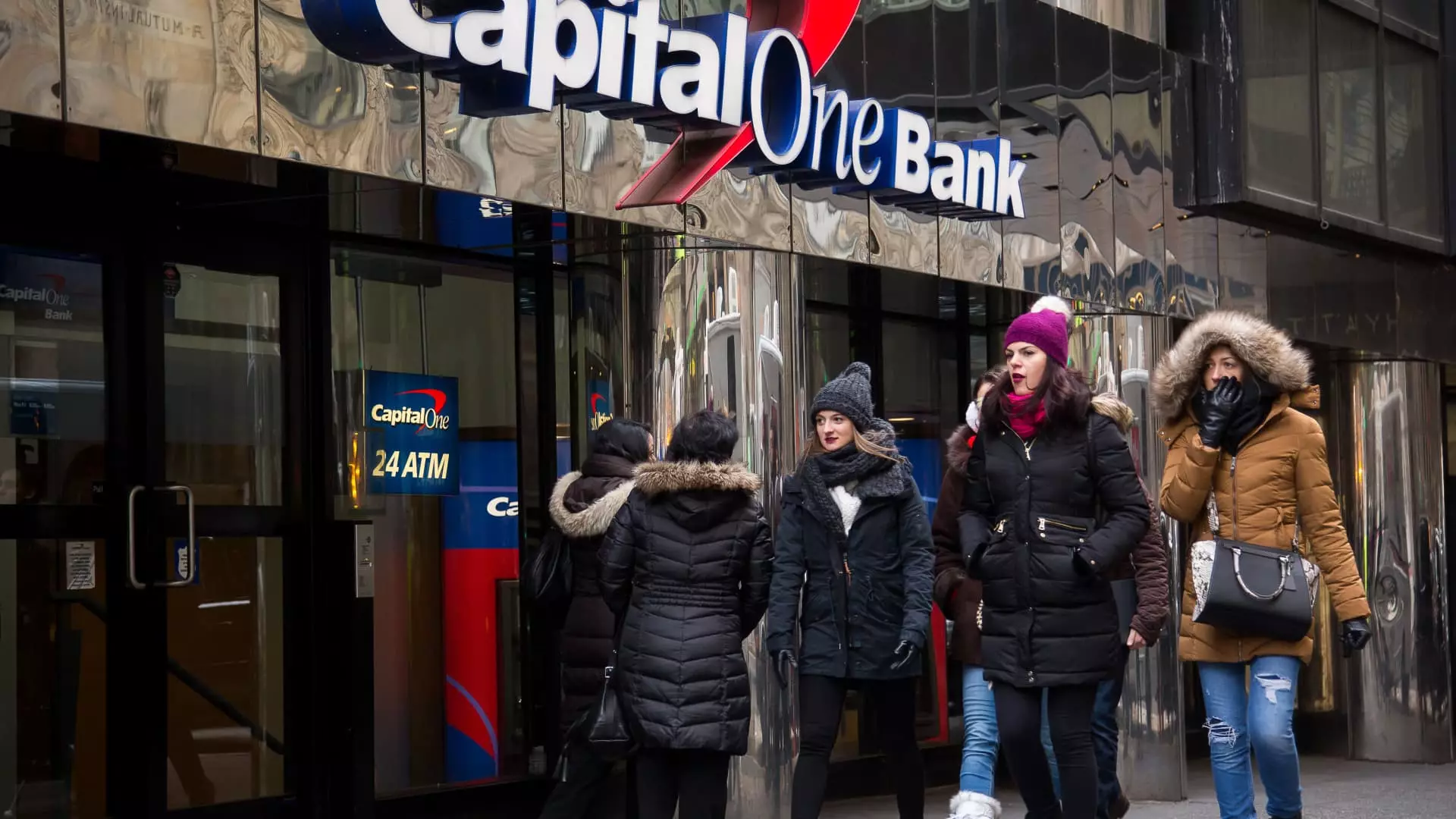On a notably challenging Thursday for both customers and stakeholders, Capital One faced a substantial disruption in its services due to an unspecified technical problem. Users reported difficulties specifically concerning direct deposits and account access, leading to widespread frustration. In an age where digital banking is integral to daily life, even a brief interruption can lead to cascading issues for clients dependent on timely transactions. The bank’s communication, or lack thereof, during the crisis raised concerns about transparency and customer service effectiveness.
In response to a swell of complaints shared on the social media platform X, representatives from Capital One acknowledged the problem. They attributed the outage to a “tech outage” affecting various banking functions, yet they offered no clear timeline for the resolution of the issue. This vagueness can breed dissatisfaction among customers who seek reassurance during service interruptions. By noon, an official statement corroborated earlier acknowledgments, emphasizing that technical issues with a third-party vendor were causing the outage. The lack of specific details regarding the restoration process only compounded the frustration many customers expressed online.
Fidelity Information Services (FIS), the third-party vendor implicated in this technical debacle, released its own statement later that day. They pointed to a local area power outage at one of their data centers as the cause of the service disruptions, acknowledging their efforts to restore affected applications. However, it is worth noting that FIS did not provide further details to clarify the situation, leaving many unanswered questions lingering in the minds of customers and stakeholders. This lack of communication from the vendor exacerbates the issue, highlighting the importance of effective vendor management within the banking sector.
The repercussions of this incident rippled throughout the customer base, with Downdetector.com documenting around 2,000 complaint reports starting early in the morning. Despite a leveling off of reports by mid-morning, complaints continued to trickle in well into the afternoon. This kind of widespread user disruption is alarming, especially given that a similar situation had unfolded just a day prior with Citibank. Such incidents prompt a deeper evaluation of the resilience built into the banking systems and the potential weakness of reliance on third-party providers.
The timing of this technical failure is especially critical, occurring shortly after the Consumer Financial Protection Bureau initiated legal action against Capital One for allegedly misleading customers regarding its savings-account offerings. The dual challenges of regulatory scrutiny and operational disruptions may compel Capital One to reevaluate its customer communication strategies, risk management protocols, and dependency on third-party services. Customers expect transparency and reliability from their financial institutions, and failure to meet these expectations during trying times can significantly harm customer trust.
Incidents like the one experienced by Capital One serve as a wake-up call for the banking industry. As digital services become increasingly integrated into everyday life, institutions must prioritize robust technical systems and effective communication strategies. Customers deserve timely and accurate information, especially during operational disruptions. Capital One, along with its partners, must take this opportunity to analyze their infrastructures and communication practices to prevent similar issues in the future. With heightened regulatory oversight and customer expectations, the stakes have never been higher.

